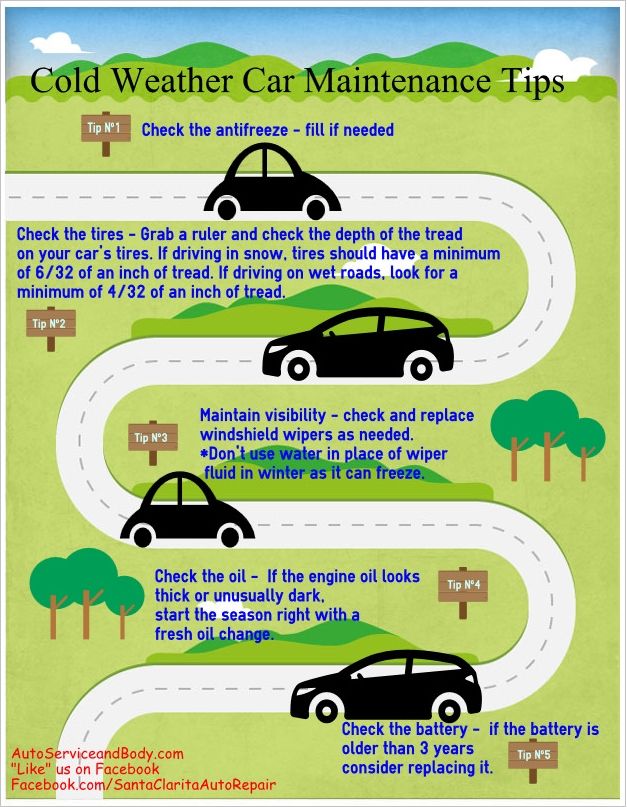Tires are the most vulnerable features of a car.
As they maintain contact with the road surface, they get exposed to high amounts of stress and pressure from obstacles such as speed bumps and potholes.
Knowing that this happens, it is important to constantly monitor your tire sidewall and check if it has been endangered in any way.
And what happens when you see a tire bubble? The aim of this article is to answer the question: “how long can I drive with a bubble in my tire?”
Even though the answer is pretty straightforward – you shouldn’t drive, let’s find out why that is important.
Page Contents
Tire Bubbles or Knots develop when there is a weakened focus. They occur when the tire’s internal structure containing air pressure develops a fault or weakens.
And as a driver keeps moving on the road, there is differential tire pressure with the road, allowing air to leak through the inner tire lining but becoming trapped as it reaches the tire’s outer rubber layer.
So, when you notice a tire bubble or knot, the best thing you should do is a park and wait for tire replacement. Driving such a tire is dangerous and can cause serious road accidents.
For something potentially dangerous, there is no safety guarantee.
When you see a tire bubble, there is a likely chance that air will escape from the tire’s inner lining and then continual driving will make it bulge.
Eventually, it gets to a point where the air will be too much for the rubber to hold. By that time, you begin to lose control of your car until the tire explodes, causing serious blowouts or damage to your wheels – tire separation or damaged suspension system.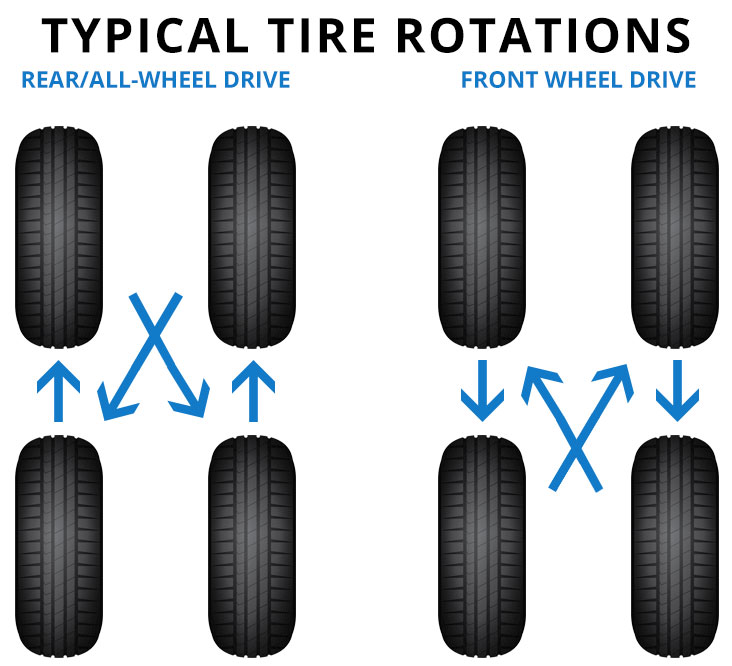
Yes, it does.
There is no sugarcoating what a knot can do to your tire if you continue driving.
There are different reasons why you may have tire bubbles or knots, but the moment you realize that you do, your top priority is to park safely and have it replaced.
If you don’t do this, there is a great threat to the wheel and suspension system. As a matter of fact, repairing your car’s suspension system is expensive for something you could have just had your tire replaced.
So, if you ask: what causes tire bubbles?
There are some factors responsible – they are capable of reaching the tire’s internal structure even when a regular tire is made of several layers of ply and rubber. They include:
The biggest culprit of tire bubbles is impact damage from potholes, railroad crossings, curbs, and speed bumps. Small collisions can also be potentially responsible.
Small collisions can also be potentially responsible.
As you keep hitting potholes and other obstacles, there is damage to your tire’s sidewall cords which ultimately causes the tear of the inner lining.
The unfortunate thing about this damage is that you may not discover the bubble after hitting potholes or curbs; instead, it develops gradually until it becomes evident, putting your car at great risk.
In the future, you should be careful with rough roads – avoid potholes or hitting speed bumps too hard.
Apart from hitting obstacles, another reason why you have tire bubbles is due to overloading and reduced tire pressure.
When you load your vehicle too much – more than what it can carry, the sidewall starts breaking and eventually causes swelling due to low pressure. It is also another concept of impact damage.
In order to prevent bubbles, you should check the tire pressure gauge regularly to see if it is beyond normal.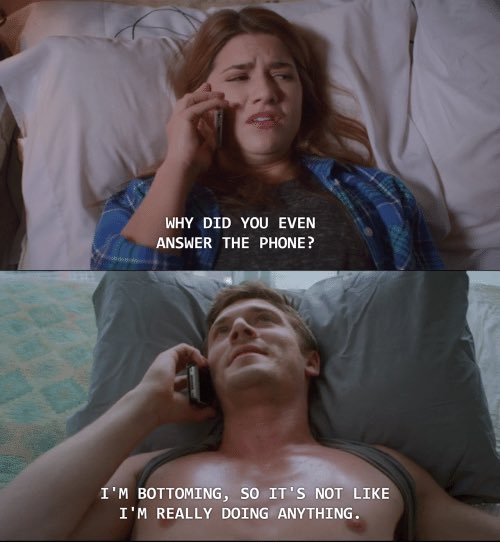 If you notice a fluctuation, you should check for a bubble in your tire.
If you notice a fluctuation, you should check for a bubble in your tire.
Another cause of sidewall bubbles is one caused by the manufacturer.
Many people are too quick to go for bad tires because they are on a budget. However, that shouldn’t be.
You shouldn’t get a bad tire because you are on a budget; instead, check out friendly options from reputable brands.
And if you notice the tread bulging, the manufacturer’s warranty should be able to cover damages/defects.
Generally, there is no way you can specifically avoid bubbles but there are signs you can look out for.
First, there is a high possibility that you begin to feel wobbly when you drive. You will feel you have bad handling and poor cornering. Slowly, you begin to lose control.
Next, you start seeing deformities. And as your tire’s structural integrity becomes compromised, you may think it’s a flat tire but it’s not.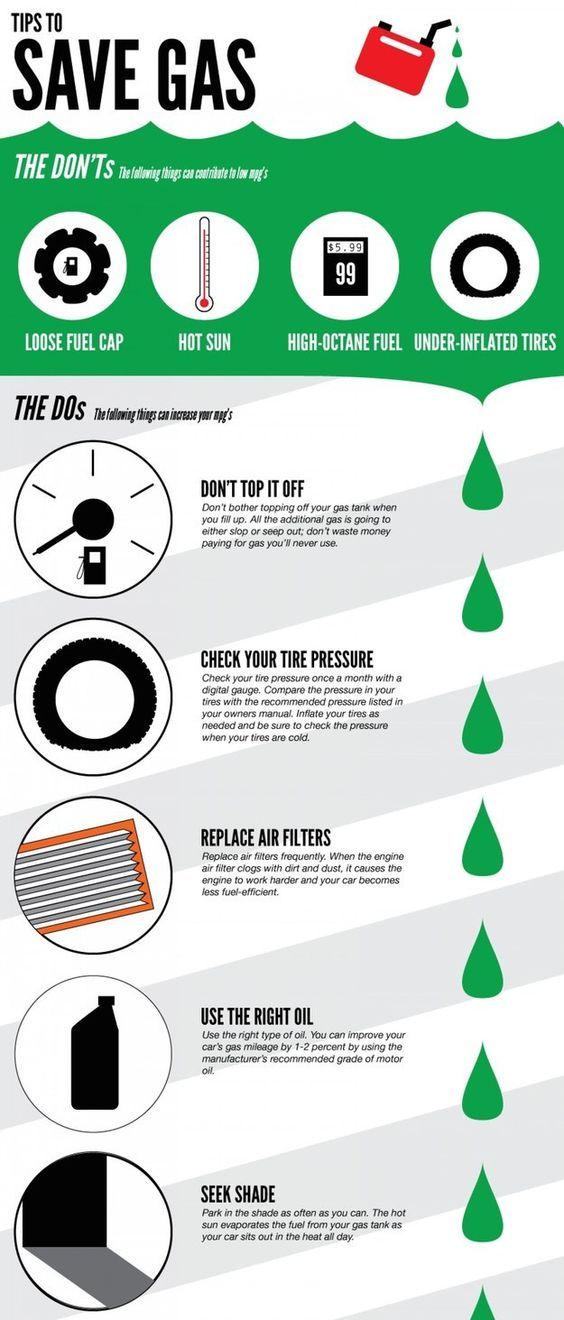
When you start noticing these signs, there are no preventing tire bubbles because that is possibly the condition you are in.
All you can just do is drive carefully until you find a good spot to change the old tire.
Yes, it is.
No matter how infinitesimal the tire bubble looks, it is dangerous.
The reason is that as you keep driving with a bubble in your tire, air seeps out and if you are not too careful, the tire would bulge causing great damage and harm to you, and your passengers.
The least you can do is to prevent tire bubbles from expanding and exploding. And you can do that by driving slowly until you can replace your tire with a new one.
In the case of a serious tire bubble in the sidewall, you should stop driving immediately because the bulge can blow or explode at any time.
As a precautionary measure, you should regularly inspect your tires. But if you were ever in a situation where you have a tire with a bubble, here is what you should do:
But if you were ever in a situation where you have a tire with a bubble, here is what you should do:
If you ever notice a bubble in your tire, the first thing you should do is assess the severity. Check if the bulge in the tire with a bubble is large or small.
If the bulge is small, you should prevent tire bubbles from expanding by driving slowly until you can park safely or call an auto repair service center.
However, if it is large, you should stop driving immediately.
Before you replace it with a new tire, you should check the wheel and suspension system for damages.
If any of these parts are compromised, it would only pose more risks to the new tires.
More so, you should make it a point of duty to keep a spare tire in your car. So that in case of an emergency like this, you can change and keep driving.
You should also consider getting the four tires of your car from a reputable brand. You can check any tire shop close to you for options available.
You can check any tire shop close to you for options available.
“How long can I drive with a bubble in my tire?” Zero miles.
By now you know what a tire bubble means and how dangerous it can be even in the smallest size.
Knowing how important this is, you should have your tire pressure regularly inspected. If you have enough pressure, you can keep driving.
If you notice a huge reduction, you should steer safely and drive carefully until you can have the tires replaced with new ones.
Overall, your safety is important and healthy tires can aid that.
If a bubble appears on the tread surface of the sidewalls of tires, it indicates severe impact to the tire. Impacts caused by driving through a pothole at high speed or colliding with a curbstone can result in sidewall bubbles.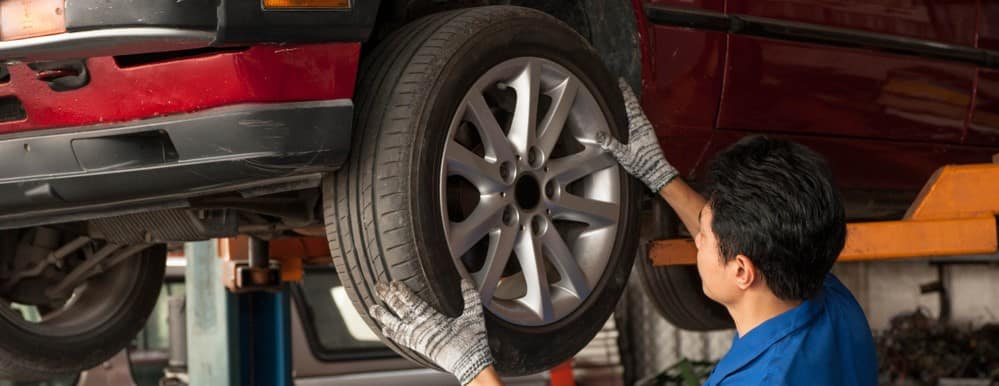 Bulges or bubbles appearing on the tread surface can be due to excessive wear.
Bulges or bubbles appearing on the tread surface can be due to excessive wear.
Tires that exhibit bubbles on the sidewall or tread surfaces must be replaced when the defect is identified. Such tires are no longer safe to drive on and may imminently fail. Stop and replace the damaged tire with a spare or emergency tire.
The modern tire is designed to last up to 60,000 miles and provide traction to accelerate, decelerate and steer your vehicle. The tires are made to operate in arduous conditions, but sudden impact damage can cause early failure. Let’s look at some of how this damage can occur.
How Do You Know If You Need Wide Sh...
Please enable JavaScript
How Do You Know If You Need Wide Shoes
How Does A Bubble Form On A Tire?
Tires are constructed by laminating successive layers of rubber-coated fabric and rubber-coated steel fabric into a cylindrical shape. The sidewall rubber compound and tread compounds are then applied, and the tire is placed in a metal mold. A bladder is inflated inside the raw tire to shape the tire into the mold, and the tire is then vulcanized using high-temperature steam and pressure.
A bladder is inflated inside the raw tire to shape the tire into the mold, and the tire is then vulcanized using high-temperature steam and pressure.
Vulcanization, discovered by Charles Goodyear in 1839, is a chemical process in which a mixture of natural or synthetic rubber is mixed with Sulphur and other reaction accelerators and activators at temperatures of 140°C to 160°C. During the process, cross-linked carbon to carbon rubber molecules is formed, resulting in rubber with high elasticity, tensile strength, hardness, and water resistance, ideal for use in the construction of pneumatic tires.
A tire’s cross-section shows how the layers of rubber-coated fabrics and steel mesh provide the structure on which the inner and outer rubber layers are bonded. When a tire is severely impacted, as happens when diving into a pothole or curbstone at high speed, the bond between the layers of fabric-coated rubber is damaged.
The pressurized air in a tire will be forced into these weakened layers, resulting in the appearance of a bulge or a bubble on the sidewall of the tire. Further use of the tire could result in a tire blowout.
Further use of the tire could result in a tire blowout.
How To Prevent Tire Bubbles
The prevention of tire bubbles forming due to impact damage is straightforward. The wise adage of the off-road community holds for everyday driving too “As slow as possible and a fast as necessary.” Drivers must assess the weather conditions, the road surface, level of traffic density, and the presence of pedestrians or animals crossing the road at all times.
Avoiding potholes is the most important objective in avoiding tire damage. You can drive through a pothole, but not at high speed. The impact of the tire with the edge of the pothole compresses the sidewall of the tire to the extent that the internal damage results in the formation of a bubble.
Driving in urban areas where speedbumps and potholes are prevalent, the speed should be limited to 30 mph or below. Avoid collisions with curbs and other hard obstacles in the road.
Always check your tires before going on a trip, even a short trip.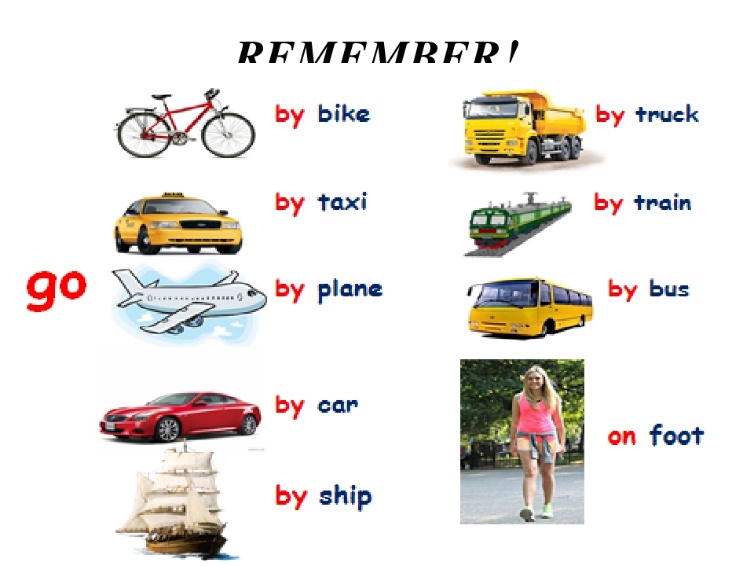 Do a walk-around the vehicle and check for visual signs of deflation. You can do a tire check in the morning when the tires are cold to get the best indication of inflation pressure. Once you have driven, the tires will be warm, and the air pressure inside the tire will be higher.
Do a walk-around the vehicle and check for visual signs of deflation. You can do a tire check in the morning when the tires are cold to get the best indication of inflation pressure. Once you have driven, the tires will be warm, and the air pressure inside the tire will be higher.
Under-inflation is as bad as the over-inflation of tires. Surveys have shown that most tires are under-inflated, resulting in poor fuel consumption, premature wear, and soft sidewall.
Tire bubbles cannot be repaired due to the damage to the structural integrity of the tire carcass. Do not even risk driving the vehicle any further after you have noticed a tire bubble. Immediately replace the damaged wheel with the spare wheel or emergency wheel and visit the nearest tire fitment center for a replacement tire.
If the damaged tire is already showing signs of tread wear, you may have to replace both tires on the affected axle to have even traction left and right. It is always best to fit newer tires to the front steering axle of your vehicle and rotate the older tires to the rear axle. This practice ensures that you have the best road contact on the steer tires, most critical for control of the vehicle.
This practice ensures that you have the best road contact on the steer tires, most critical for control of the vehicle.
How To Mitigate The Risk Of Tire Damage?
Driving carefully is an obvious risk mitigation strategy, but often the situation is such that damage is unavoidable, and a tire with good tread-life is damaged beyond repair. Most big brand tire companies offer tire damage warranties, or you can buy tire insurance for as little as a few dollars per month.
The Tire Company or insurance company will measure the remaining tread-life of the damaged tire and reimburse you for the undamaged portion on a pro-rata basis. When the tire is still new, this could amount to a full reimbursement of the cost of a new tire.
Insurance companies have a vested interest in the condition of the tires on the cars insured by them. If the insurance assessor finds poorly maintained tires or tires with tread-life below the legal limit, they may decline your accident damage claim or load your co-payment.
Conclusion
Tire sidewall bubbles are a sign of serious damage to the tire’s internal structure and may lead to a catastrophic tire failure. Tires with sidewall bubbles must be replaced immediately without any further use.
Tire damage resulting in sidewall bubbles is avoidable. Drivers must take due care and stick to the speed limits, always allow sufficient time to avoid potholes or any other objects in the road that may cause tire damage.
Drivers must always do a visual inspection of the condition of their tires before using the vehicle. Check inflation pressures and for any signs of tire damage.
References:
https://hansontire.com/blog/view/is-it-safe-to-drive-on-a-tire-with-a-bubble
https://www.britannica.com/technology/vulcanization
Photo: AvtoVzglyad
A bump-butt, a pop-bump, and a strange uniform beat appears in the suspension.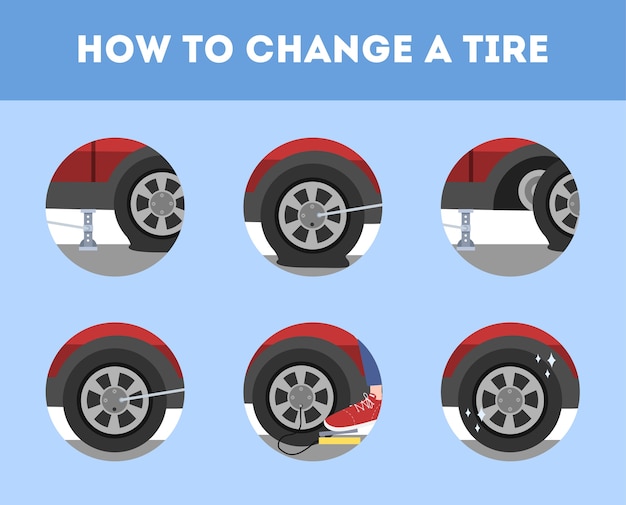 Congratulations, you just got a hernia. Glory to the Almighty that is not in the spine, but only in the wheel. But you still shouldn't relax. What threatens the appearance of a "bubble" on the tire, the portal "AvtoVzglyad" will tell.
Congratulations, you just got a hernia. Glory to the Almighty that is not in the spine, but only in the wheel. But you still shouldn't relax. What threatens the appearance of a "bubble" on the tire, the portal "AvtoVzglyad" will tell.
Eduard Raskin
Since ancient times, the Russian road has been one of the main problems of the Big Country. Neither the years of the five-year plans, nor the "dashing nineties", nor the "rich two thousandths" could defeat her. There is a feeling that only a flying car can eradicate this pain, which, however, on takeoff will still fall into a hole and damage the chassis. The optimism of the “autopilot” fans in Russia is also not entirely obvious: even Elon Musk is not capable of setting up the electronics so that it not only keeps the strip, but also goes around potholes. It's not for you to fly into space, you need to think here. Think and drive desperately.
But even the most experienced drivers sometimes give up: “yawned”, did not have time to react, or was simply distracted - get it, sign it.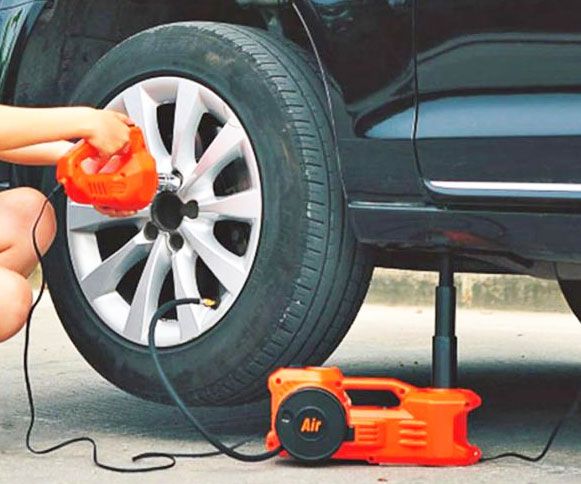 We have maximalism here, you know: every bump is a mountain, every hole is a hollow! Iron can withstand a blow, but there is not much hope for rubber, not all tires have a reinforced sidewall. Why is there, a lot of domestic drivers choose Chinese tires, which are "exactly the same, only different and cheaper." The picture is the same, but the composition and technology - taking into account the price.
We have maximalism here, you know: every bump is a mountain, every hole is a hollow! Iron can withstand a blow, but there is not much hope for rubber, not all tires have a reinforced sidewall. Why is there, a lot of domestic drivers choose Chinese tires, which are "exactly the same, only different and cheaper." The picture is the same, but the composition and technology - taking into account the price.
Photo: AvtoVzglyad
We choose with our eyes, and the whole essence of the wheel is hidden inside: in the composition, quality and quantity of materials. The manufacturer saved on the inner textile layer, which makes the "round" keep its shape, put a cheap cord or violated the technology - the driver will suffer on every bump. And we have much more of them, irregularities of various kinds, than barrels of oil and employees of the National Guard combined.
Those who like to overload the car often get bumps. Automakers are trying to write in the manuals the maximum load per axle, per wheel. They are echoed by the "shinniks". But who can resist the opportunity to fill your car "to the dump" and take everything out at once, especially if it's May, and the garage is already bursting with winter accumulations.
They are echoed by the "shinniks". But who can resist the opportunity to fill your car "to the dump" and take everything out at once, especially if it's May, and the garage is already bursting with winter accumulations.
Another common cause of herniation is tire wear limit. Especially often such a “symptom” is encountered by those drivers who like to drive on flat tires. Even high-quality and expensive rubber from such operation wears out much faster. However, even the right pressure will not save if the wheel is “rolled” to protruding threads.
Photo: AvtoVzglyad
During the "overcoming obstacles head-on", the pressure in the tire increases sharply - it shrinks - and the threads burst. A “bump” appears, which only increases with time, and this happens incredibly quickly. Such a wheel can no longer withstand the road, multiplied by the weight of the car and speed. The next step is an explosion. And this is a loss of controllability, unpredictable behavior of the car and a high probability of an accident.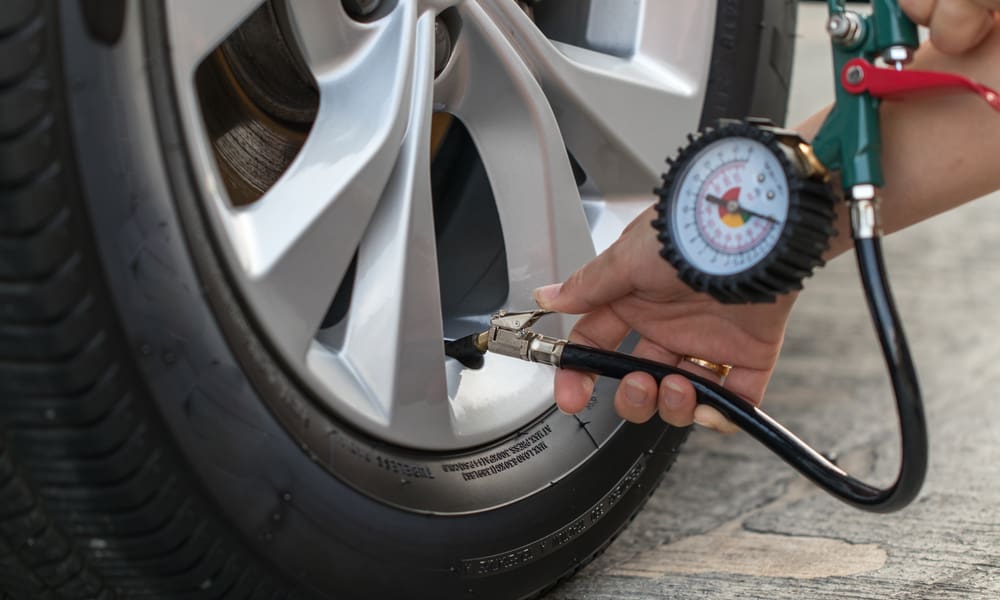 Especially when it comes to the wheels of the drive axle: if the wheel breaks at high speed, the car will give a somersault, which Michael Schumacher cannot cope with.
Especially when it comes to the wheels of the drive axle: if the wheel breaks at high speed, the car will give a somersault, which Michael Schumacher cannot cope with.
The tire must be replaced immediately. But what if there is no spare? Not everyone can afford to call a tow truck, and a cable will not help. Very carefully, with the alarm turned on, you need to get to the nearest tire shop, where it is better to buy a used tire of the right size. At the service, of course, they can offer restoration, but only a very experienced master can do this under a very narrow range of conditions: the damage is small, it was noticed on time, it is located in a convenient place. However, all these actions will be temporary.
It is impossible to repair a hernia, the "injured" should be immediately sent for disposal: no honest craftsman can guarantee that the hernia will stop growing or will not reappear in the same place. After all, the balloon is already damaged. Therefore, when a hernia of any size appears, you should immediately take care not only to buy a new wheel, but also carefully inspect the remaining ones on the car.
What burns a German solarium on wheels
27178
What is the German solarium on wheels
27178
Subscribe to the Avtovzglyan channel:
With each generation, the wheels of cars are getting bigger – a low profile is not uncommon even on inexpensive models. The chances of damaging such tires are higher. Since motorists have no more money, it is tempting to put off replacing a tire until better times, even if a hernia has formed on it. You don't have to do that.
Low profile tires are beautiful. But not for our roads! Even in Moscow, for the "summer" you want to change your shoes not according to the weather, but after the road builders patch up the traditional spring pits. There are two inconveniences for the owner from this: bent wheels and hernias on tires.
There are two inconveniences for the owner from this: bent wheels and hernias on tires.
The tread is not worn, but the tire needs to be replaced ... How so?
Hernias sometimes occur right on the tread. You can’t ride with such a wheel: when driving, it gives off to the steering wheel as if the wheel was assembled without balancing. But lateral hernias are often ignored, because they "sort of" do not affect driving properties. Even balancing subjectively remains normal. We assure you: you should not ignore such a defect on rubber, even if it is still small.
A hernia appears as a bulge on the splint. This is a consequence of damage to the inner layer that ensures the integrity of the tire - the cord. Any slack in it under the influence of internal pressure in the inflated wheel will turn into a “bump”. It can suddenly become large, palpable in motion and clearly visible. But more often swelling starts with a small diameter.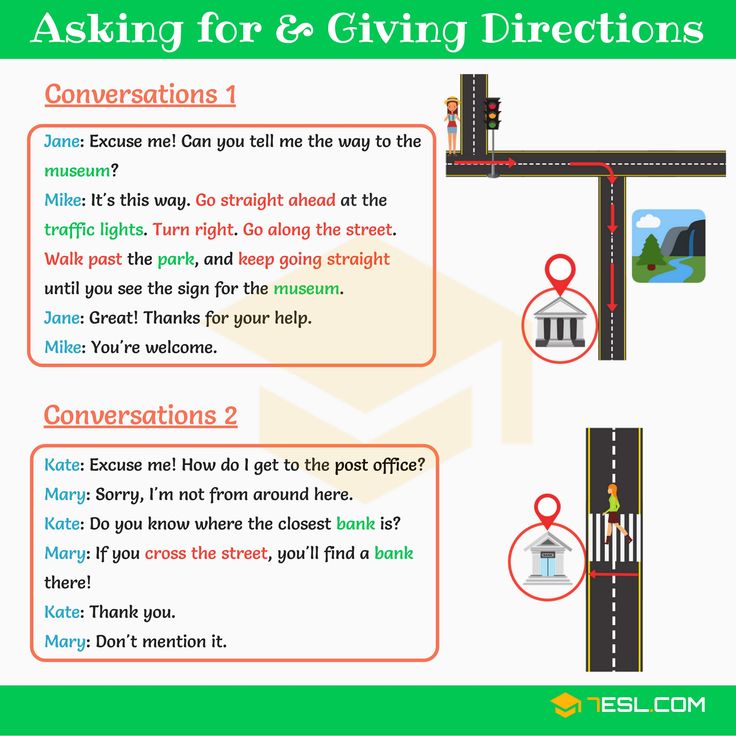 And here are the options. It happens that it does not grow, and other drivers happily drive with this until the tire is completely worn out.
And here are the options. It happens that it does not grow, and other drivers happily drive with this until the tire is completely worn out.
If I change my wheels, do I need to balance them every season?
The cause of hernias can be a factory defect or external influence - a blow from a pothole at speed, from a curb during an unsuccessful parking, from another car during an accident. In the first case, the guarantee that many tire brands now provide will help. Moreover, in this situation, the defect is likely to manifest itself in the first weeks of operation. The rest will have to solve the problem on their own. More often, bumps pop up on the front wheels, which get more than the rear ones. After all, the front of the car, as a rule, is loaded more heavily.
If the hernia is large enough, it will cause a thump while riding and become difficult to ignore. A slight bulge that seems safe to the driver, however, leads to overheating of the rubber and increased pressure on its individual sections. We think there is no need to explain that the discrepancy between the actual operating conditions and the calculated ones is not good?
We think there is no need to explain that the discrepancy between the actual operating conditions and the calculated ones is not good?
The potential danger is that the tire may suddenly lose its tightness and pressure. If this happens to the front wheel, not every motorist will be able to maintain control of the car. Especially dangerous in the presence of a hernia is driving at high speeds, sudden starts and braking, heavy loading of the car (when the car's weight is close to the maximum allowable or exceeding it), repeated wheel strikes on the road roughness, like those that previously led to the manifestation of a defect. In other words, the risk exists literally in every trip.
Critical tire wear: when we risk crossing the line
The verdict of professionals is unequivocal: it is impossible to drive with a bump. Ideally, you should immediately replace the wheel with a spare tire.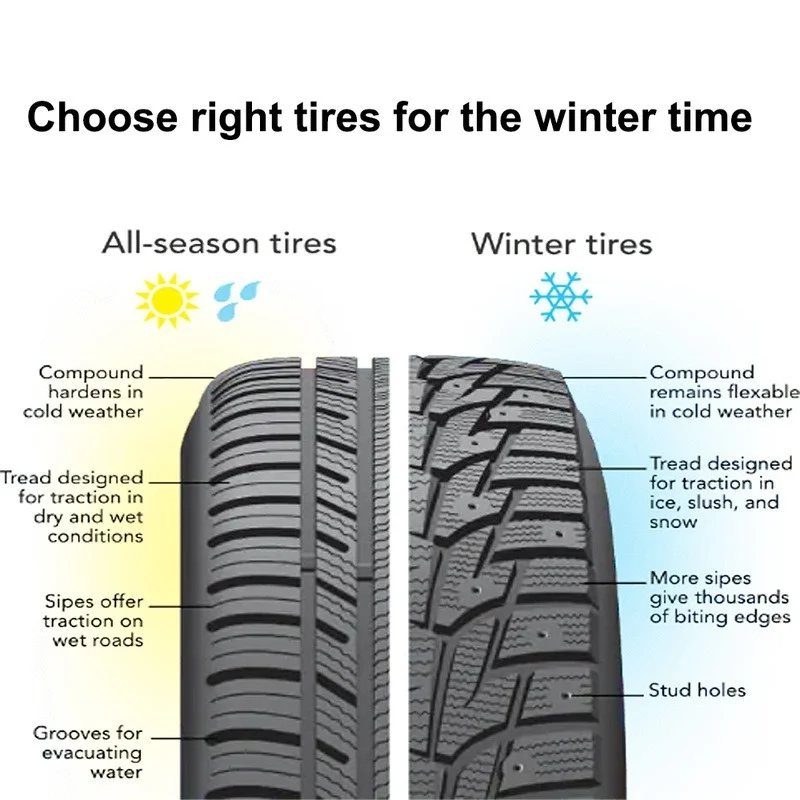 There, in the trunk, a tire with a hernia often remains with drivers for months, or even years. They are guided by the fact that the fifth wheel is rarely required and there is no danger. Although, in a good way, the spare wheel should be kept in perfect condition: you never know in what situation and for how many kilometers it will be needed.
There, in the trunk, a tire with a hernia often remains with drivers for months, or even years. They are guided by the fact that the fifth wheel is rarely required and there is no danger. Although, in a good way, the spare wheel should be kept in perfect condition: you never know in what situation and for how many kilometers it will be needed.
If there is no spare tire, but you need to drive, you can reduce the pressure in the wheel with a hernia, drive more slowly, and avoid sudden maneuvers. A defective front wheel should be rearranged to the rear axle. If a wheel on the rear axle suddenly loses pressure, it's still easier to keep control of the car. On a long journey, it is useful to periodically stop and check the condition of the problem tire.
Tires by size: why pay more for a low profile?
The possibility of repair depends on the nature of the damage. Only professional tire fitters can evaluate it, and this requires a look at the tire from the inside.